Social Emotional Learning Teaching Resources
Are you on the hunt for social emotional learning activities, printable PDFs and more to bring SEL to life in your elementary lessons this school year? The list of academic benefits of SEL instruction is a mile long, and the Teach Starter teacher team has created a robust collection of social and emotional learning resources made with teachers – and your students — in mind.
We've made planning your social-emotional learning lessons simple with printable SEL worksheets and digital social and emotional activities designed specifically for the needs of elementary school students. Each resource in this collection has undergone rigorous review by the expert teachers on our team to make sure you'll be comfortable passing them out in the classroom or sending them home in a student's backpack.
Pardon us if we're sharing something you already know (feel free to skip right to the social emotional learning activities!), but if you're new to incorporating SEL into your classroom, you may need a quick refresher! Read on for a guide from our teacher team, including a handy definition of social emotional learning, and ways to implement the five core competencies of SEL.
What Is Social-Emotional Learning? A Simple Definition
The most common social-emotional learning — or social and emotional learning — definition describes SEL as "the process through which all young people and adults acquire and apply the knowledge, skills, and attitudes to develop healthy identities, manage emotions and achieve personal and collective goals, feel and show empathy for others, establish and maintain supportive relationships, and make responsible and caring decisions."
What Are the Social Emotional Learning Core Competencies?
We know are definition is a bit of a mouthful, but essentially social and emotional learning covers the following five core competencies:
- Self-Awareness
- Self-Management
- Social Awareness
- Relationship Skills
- Responsible Decision Making

Where Did Social and Emotional Learning Come From?
Teachers have been teaching many of the skills that now fall under the social and emotional learning curriculum for centuries. It's always been our goal to help shape little minds to be caring, productive, and engaged citizens.
But the roots of what we now consider SEL can be traced back to a project in the New Haven, Connecticut schools where school administrators worked with Yale researchers, parents, mental health workers, and teachers to refocus not just the school's academic programs but their social ones too. The project started in the 1960s at two schools considered "underperforming," and by the 1980s, these same schools had academic scores that were at the top of the nation's rankings.
From there, the K-12 New Haven Social Development program was born, establishing a framework for incorporating social and emotional learning into the curriculum. Meanwhile, the non-profit Collaborative for Academic, Social, and Emotional Learning (CASEL) was born in 1994, helping to really bring the term "social and emotional learning" into the zeitgeist.
CASEL was born out of the New Haven projects and helped shape the official definition of SEL listed above in 1997. It now works to expand SEL in schools around the country.
Why Is Social-Emotional Learning Important?
Not sure you have time to fit all of this in alongside the state standards that you're preparing students to meet? A solid social and emotional learning curriculum will help students with everything from managing emotions and developing coping skills to setting positive goals, engaging in positive relationships, and solving problems effectively.
The importance of SEL is hard to overstate, but here are a few core benefits:
- Promote mental health and well-being — Teaching social and emotional lessons in the classroom can help students develop the skills they need to manage their emotions, build positive relationships, and cope with stress and challenges. It's a small step toward better mental health for all.
- Improve academic performance — There's strong research showing that students who have strong social and emotional skills are more likely to be engaged in learning and perform better academically.
- Create a positive classroom culture — Teaching social and emotional lessons can help create the kind of classroom culture where students feel safe, respected, and supported — exactly what we all strive for!
- Prepare students for life after school — Social and emotional skills are essential for success beyond the classroom, be it at home in the immediate future or in college or the workforce. Teaching these skills helps students be better equipped to handle the challenges they will face.
- Address specific social and emotional needs — Teaching social and emotional lessons can help address students' specific needs, such as building self-esteem, managing emotions, and developing empathy for others. This can also help to create a more inclusive and equitable classroom where all students feel respected and valued. It's also good for your overall classroom management.

How to Teach Social and Emotional Lessons
There's little question that there's value in social and emotional learning, but how do you actually teach it? There's no simple answer here, as the exact methodology will differ based on grade level, individual student needs, and even your classroom dynamics!
That said, here are some strategies from our teacher team to keep in mind as you consider how you're incorporating the components of SEL in your instruction:
- Modeling — This is likely no surprise — we are our students' role models in the classroom for so much. Don't underestimate the value of your own active listening, displays of empathy and self-regulation, and other skills that are essential for your students' social and emotional development.
- Classroom Culture — Establishing a safe and supportive learning environment where students feel respected, valued, and empowered goes a long way. Fostering a sense of community, promoting positive communication, and encouraging collaboration and teamwork are all helping kids build their SEL quotient!
- Integration — Of course, you can (and should) have explicit instruction on SEL, but you can also incorporate SEL concepts into your core subject lessons. Discuss emotions related to a character in a book or working on group projects that require collaboration and communication. If you're teaching math, emphasize the importance of perseverance and problem-solving skills. Teaching social studies? Discuss empathy and the ability to understand different perspectives. It all comes together!
- Plus Plan
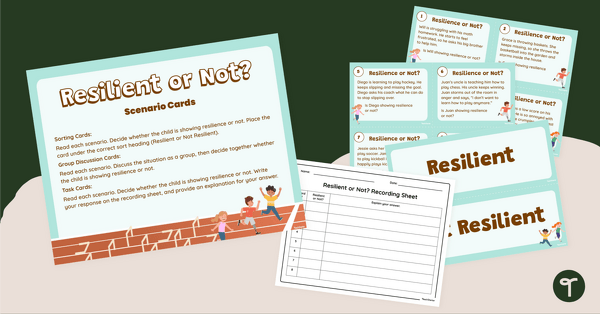
Resilience or Not? Scenario Task Cards
Get students to explore real-life examples of resilience with this set of 16 scenario cards perfect for developing students' social-emotional skills.
- Plus Plan
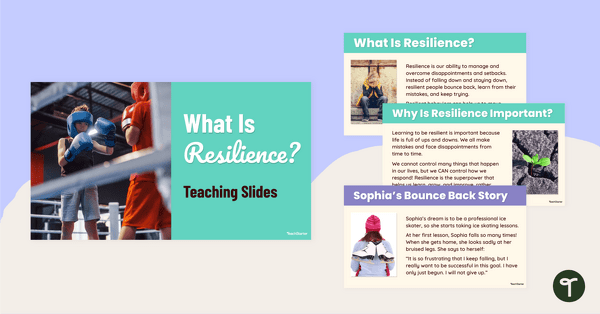
What Is Resilience? Teaching Slides
Teach your students the meaning of resilience with this age-appropriate slide deck perfect for your social-emotional learning lessons.
- Plus Plan
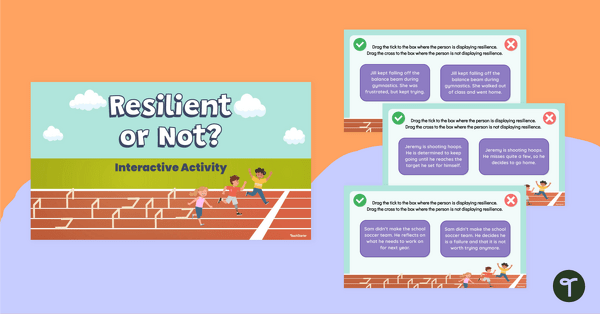
Resilience or Not? Interactive Sorting Activity
Explore examples of resilience by playing this interactive sorting game perfect for your social-emotional learning lessons.
- Plus Plan
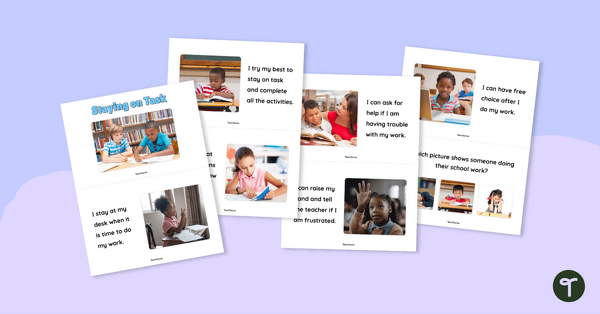
Staying on Task Mini-Book
Review different strategies for on-task behavior with this printable mini-book.
- Plus Plan

Exploring Resilience Worksheets
Explore what resilience looks like and sounds like with your students with this set of three worksheets perfect for your social-emotional learning lessons.
- Plus Plan
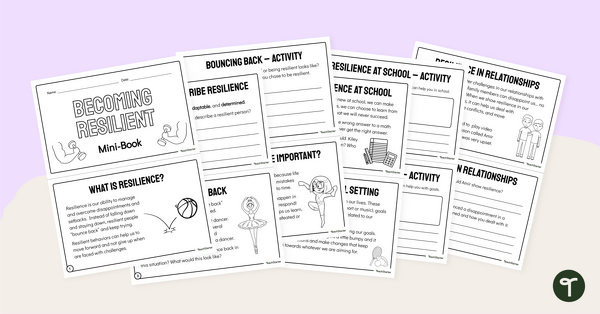
Becoming Resilient Mini-Book
Use this printable resilience book to teach your students what resilience means and how it can be used as a tool in their everyday lives.
- Plus Plan
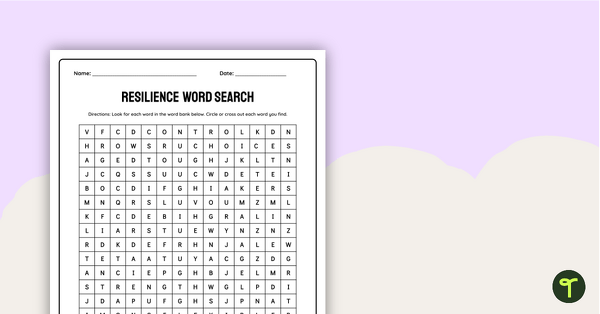
Resilience Word Search
Use this resilience word search to immerse your students in the key vocabulary related to this important social-emotional skill.
- Plus Plan
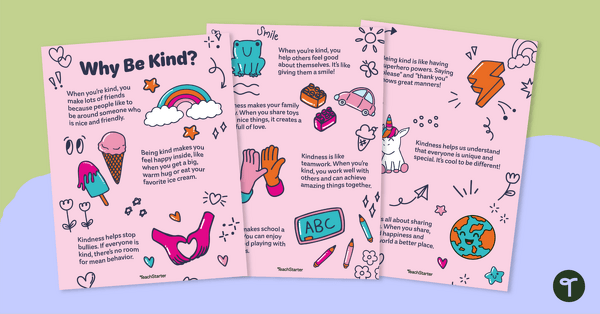
Why Be Kind Classroom Posters
Display this gorgeous set of kindness posters to teach students why kindness matters.
- Plus Plan
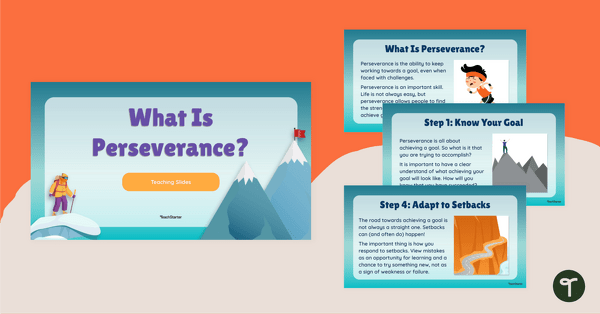
What Is Perseverance? Teaching Slides
Teach your students perseverance strategies with this comprehensive slideshow perfect for your social-emotional learning lessons.
- Plus Plan
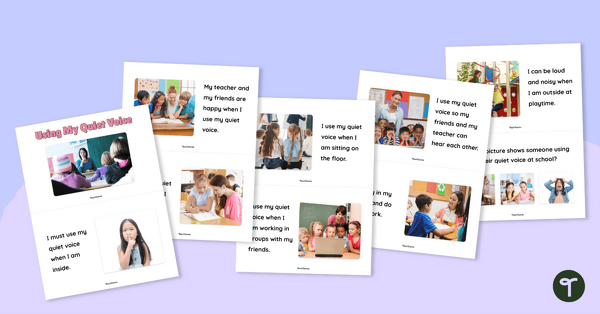
Using My Quiet Voice at School Mini-Book
Teach your students where they should use an inside voice and the benefits of doing so while at school with this printable mini-book.
- Plus Plan
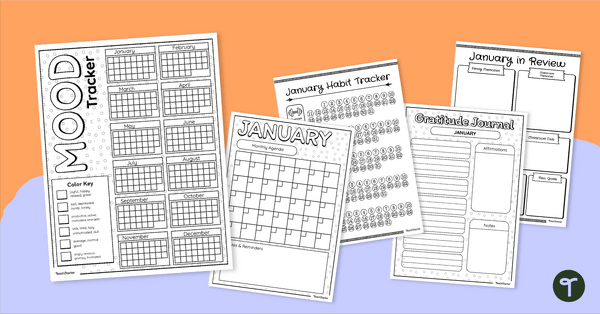
Teacher Bullet Journal Templates - Wellness Tracker
Build your own wellness journal using a printable bullet journal template for teachers!
- Plus Plan
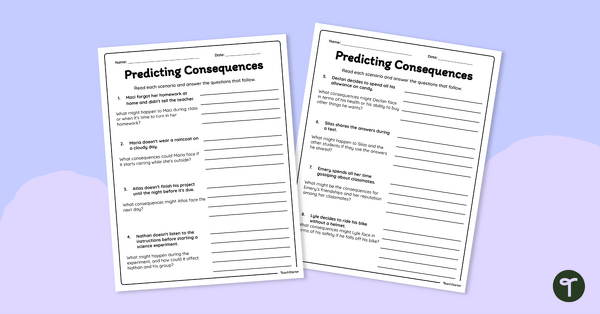
Predicting Consequences Worksheet
Help your students anticipate the consequences of their actions with this SEL worksheet.
- Plus Plan
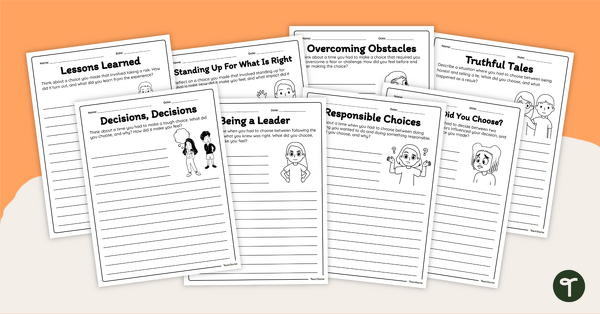
Reflecting on Choices Writing Prompt Pack
Encourage students to reflect on the choices they’ve made and their respective outcomes with this set of 8 writing prompts.
- Plus Plan
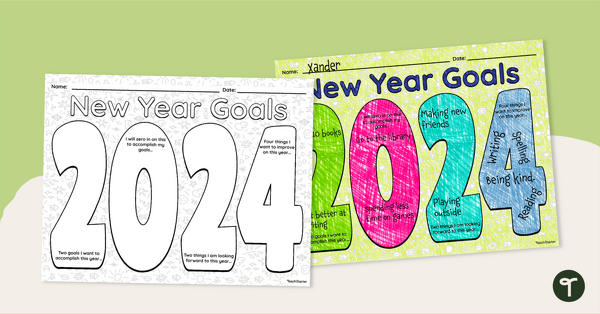
2024 Goal Setting Worksheet
Inspire your students to reflect and set goals for the new year with a Goal Setting worksheet.
- Plus Plan
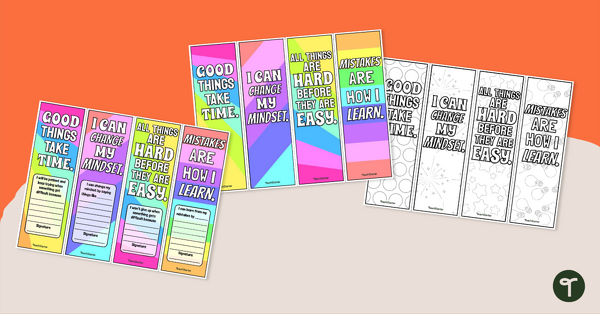
Growth Mindset Bookmarks
Encourage your students to think about their growth mindset with this set of printable bookmarks.
- Plus Plan
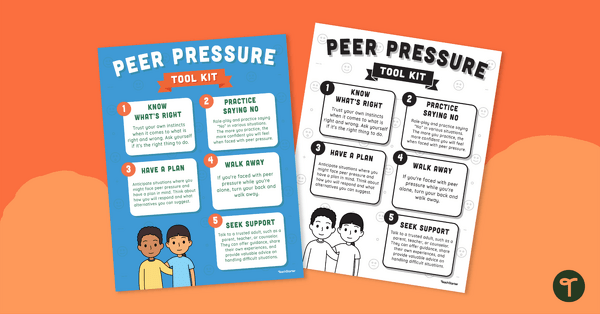
Peer Pressure Poster
Give your students strategies to deal with peer pressure by displaying and reviewing the tips on this classroom poster.
- Plus Plan
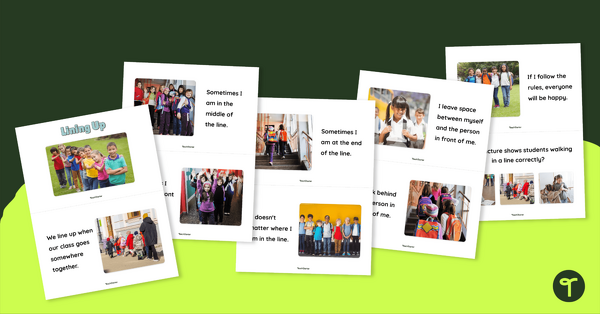
Lining Up Mini-Book
Teach your students the proper way to line up with this printable mini-book.
- Plus Plan
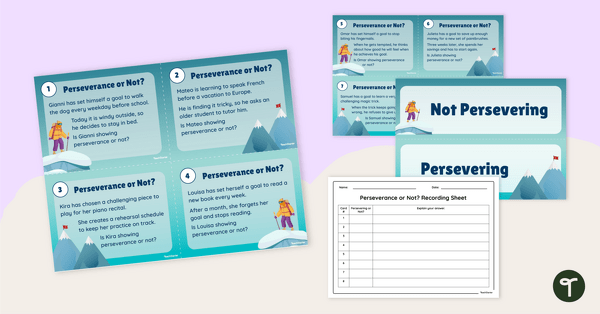
Perseverance or Not? Scenario Cards
Get students to explore real-life examples of perseverance with this set of 16 scenario cards perfect for developing students' social-emotional skills.
- Plus Plan
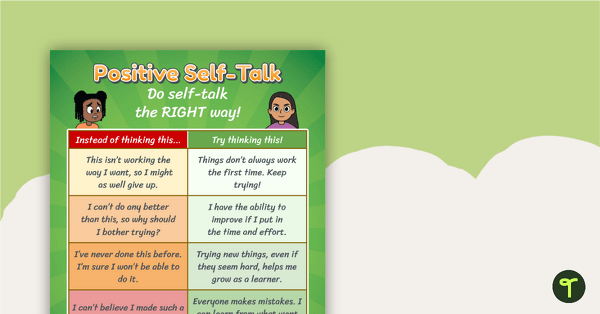
Positive Self-Talk Poster
Encourage your students to use positive self-talk on a daily basis with this motivational classroom poster.
- Plus Plan

Circle of Kindness Affirmations for Kids Templates
Promote kindness and boost morale with individual affirmations for kids with our Circle of Kindness affirmation activity.
- Plus Plan

Perseverance Strategies Mini-Book
Teach your students perseverance strategies with this printable mini-book perfect for elementary students!
- Plus Plan
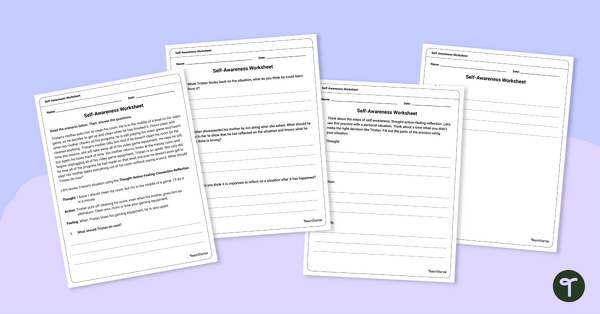
Self-Awareness Worksheet
Help your students build self-awareness by reflecting on the thoughts, feelings, and behaviors in the specific scenario outlined on this worksheet.
- Plus Plan
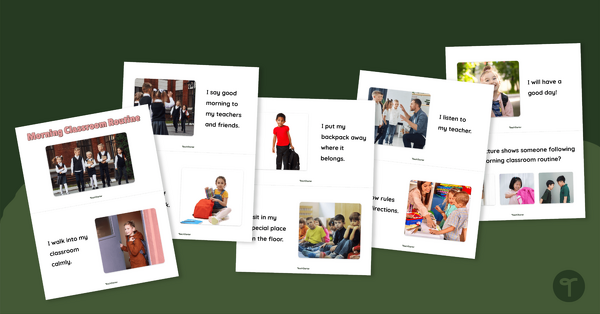
Morning Classroom Routine Mini-Book
Help your students develop a morning routine in the classroom by reading a printable mini-book.
- Plus Plan
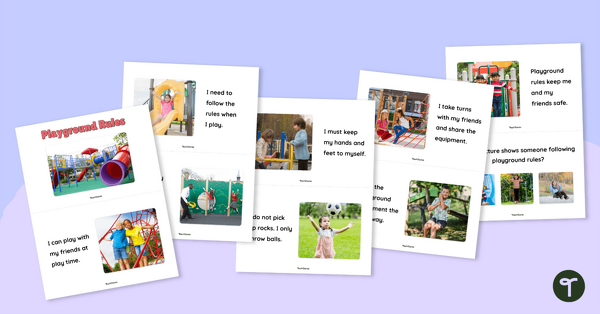
Playground Rules Mini-Book
Remind your students about playground rules with this printable mini-book.
- Plus Plan
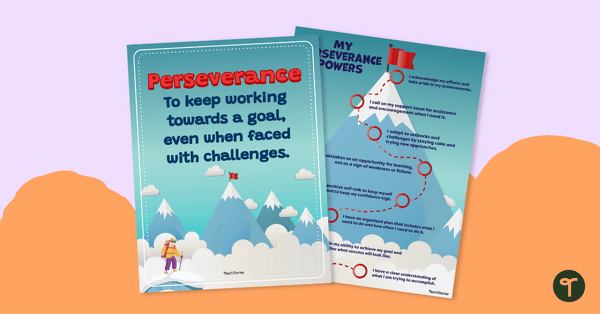
Perseverance Posters
Teach students the meaning of perseverance with these beautifully designed classroom posters based on a mountain climbing theme.
- Plus Plan

Making Good Choices Mini-Book
Help your students develop strategies for making good choices with this printable social story mini-book.
- Plus Plan

Last Day of School Coloring Page
Calm the end-of-year chaos with a printable end-of-the-school-year coloring page.
- Plus Plan
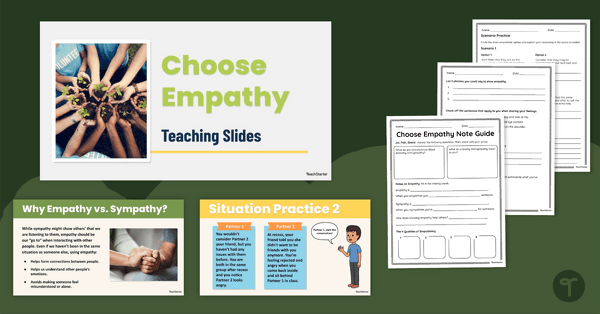
Choose Empathy Teaching Slides & Note Guide
Help your students understand the difference between empathy and sympathy while learning how to be empathetic with this set of teaching slides and note guide.
- Plus Plan
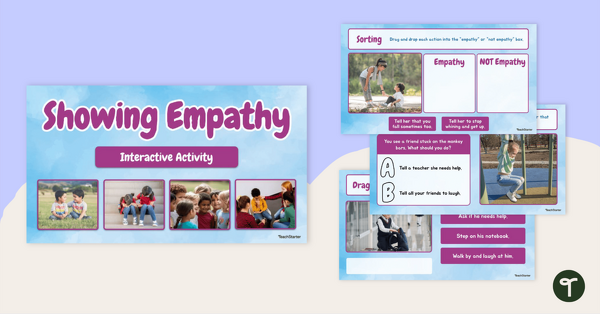
Showing Empathy Interactive Activity
Encourage your students to identify acts of empathy and determine the right thing to do in a given situation with an interactive activity designed for 1st and 2nd-grade students.
- Plus Plan
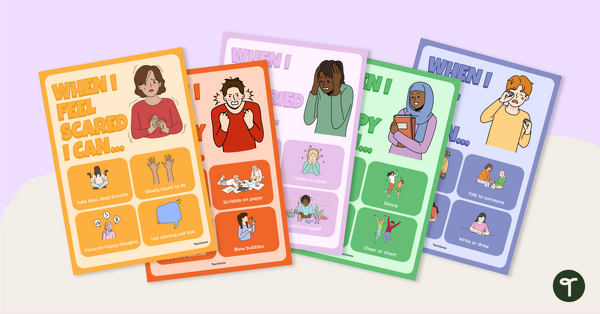
Managing Big Emotions Anchor Charts
Help students manage emotions such as anger, fear, worry, sadness and happiness with this colorful set of anchor charts for your elementary school classroom.
- Plus Plan
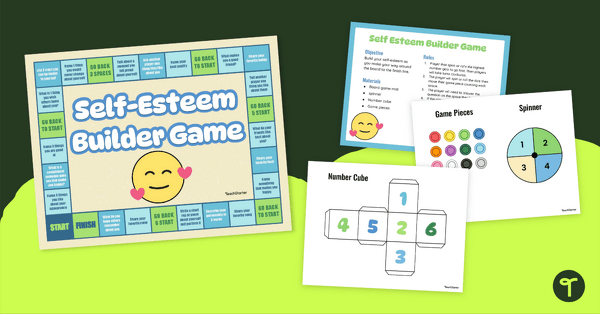
Self-Esteem Builder Board Game
Explore how to build self-esteem with your students using this fun self-esteem game board.
- Plus Plan
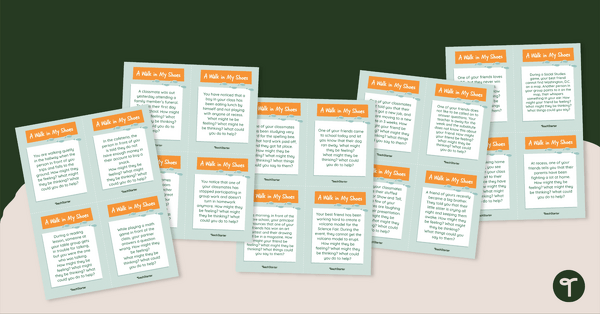
A Walk in My Shoes – Empathy Task Cards
Use these empathy scenario cards with your students when teaching them about social awareness.
- Social Emotional Learning Templates
- Social Emotional Learning Posters
- Social Emotional Learning Worksheets
- Social Emotional Learning Games
- Social Emotional Learning for Pre-K
- Social Emotional Learning for Kindergarten
- Social Emotional Learning for 1st Grade
- Social Emotional Learning for 2nd Grade
- Social Emotional Learning for 3rd Grade
- Social Emotional Learning for 4th Grade
- Social Emotional Learning for 5th Grade
- Social Emotional Learning for 6th Grade